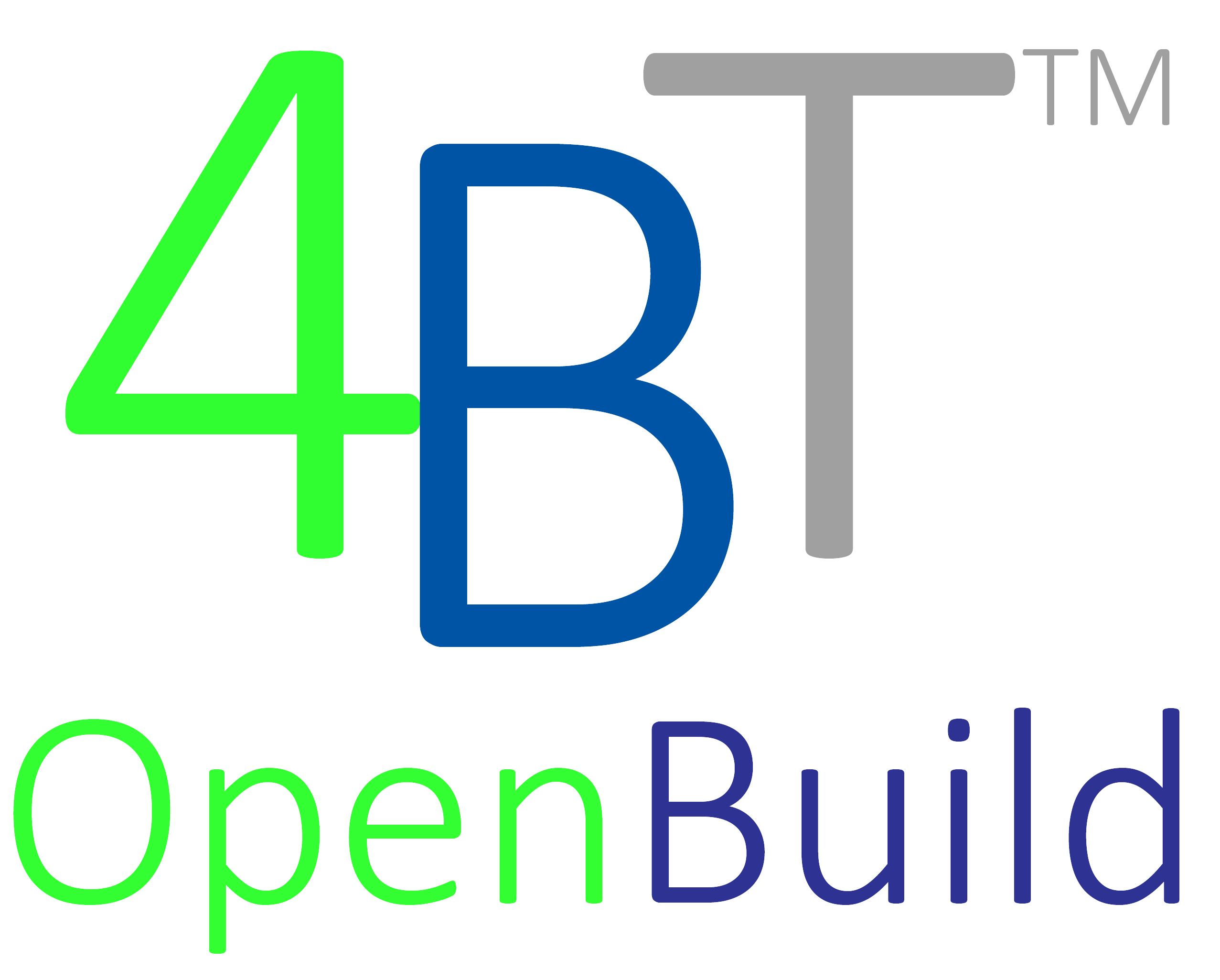Effective public sector construction project management requires an understanding of the requisite role of owners as stakeholders.
For decades attention has failed to focus on the need for continuous, competent, and accountable leadership and the effects upon finances, reputations, relationships, communities, and overall organizational missions.
Improvement in risk avoidance and fostering owner and team stakeholder satisfaction, trust, and mutual long-term benefit for all parties are prerequisites for sustainable lifecycle management of the built environment.
Proactive lifecycle management of planning, procurement, and project delivery internal and external teams, process, information, and enabling technologies would significantly reduce the level of traditional financial losses and legal conflicts and improve overall community and environmental impacts.

Strong and accountable real property owners governance in the only proven pathway towards social and environmental responsibility and measurable reduction of traditionally negative effects and achievement of sustainable project outcomes. Policymakers, practitioners, professional associations and academia should focus up factors that are associated with the project failure, especially awareness and education among stakeholders of proven integrated, collaborative, and transparent planning, procurement, and project delivery frameworks.


“A project is a temporary endeavor undertaken to create a unique product or service. Physical Infrastructure Project Management impacts environmental, financial, organizational, and community sustainability. Continuing value deterioration is unsustainable”
- Proactive, robust, and integrated construction planning, procurement, and project delivery
- Mandatory and ongoing training, monitoring, and continuous improvement – Established risk management procedures, quantitative KPIs.
- Effective Project Governance from owners -To guarantee that projects are closely watched and managed, consistent implementation of robut efficient project governance frameworks and processes is essential.
- Transparent Communication: Throughout the project lifecycle, organizations must promote a culture of open and transparent communication with stakeholders, inclused of a shared, objective, and current database of granular construction tasks and costs.
- Stakeholder Engagement – Reslience against project failures requires a framework and environment that supports mutually beneficial outcomes for all project participants and stakeholders.
- Resource Allocation – A shared, common understanding of labor, material, equipment, time, productivity, and cost requirement is necessary to achieve a fair balance between initiatives risk
management. - Community and Environment Responsibility: Organizations must demonstrate an uncompromising dedication to environmental sustainability and safety, and limiting the negative
effects on communities and ecosystems as a result.
